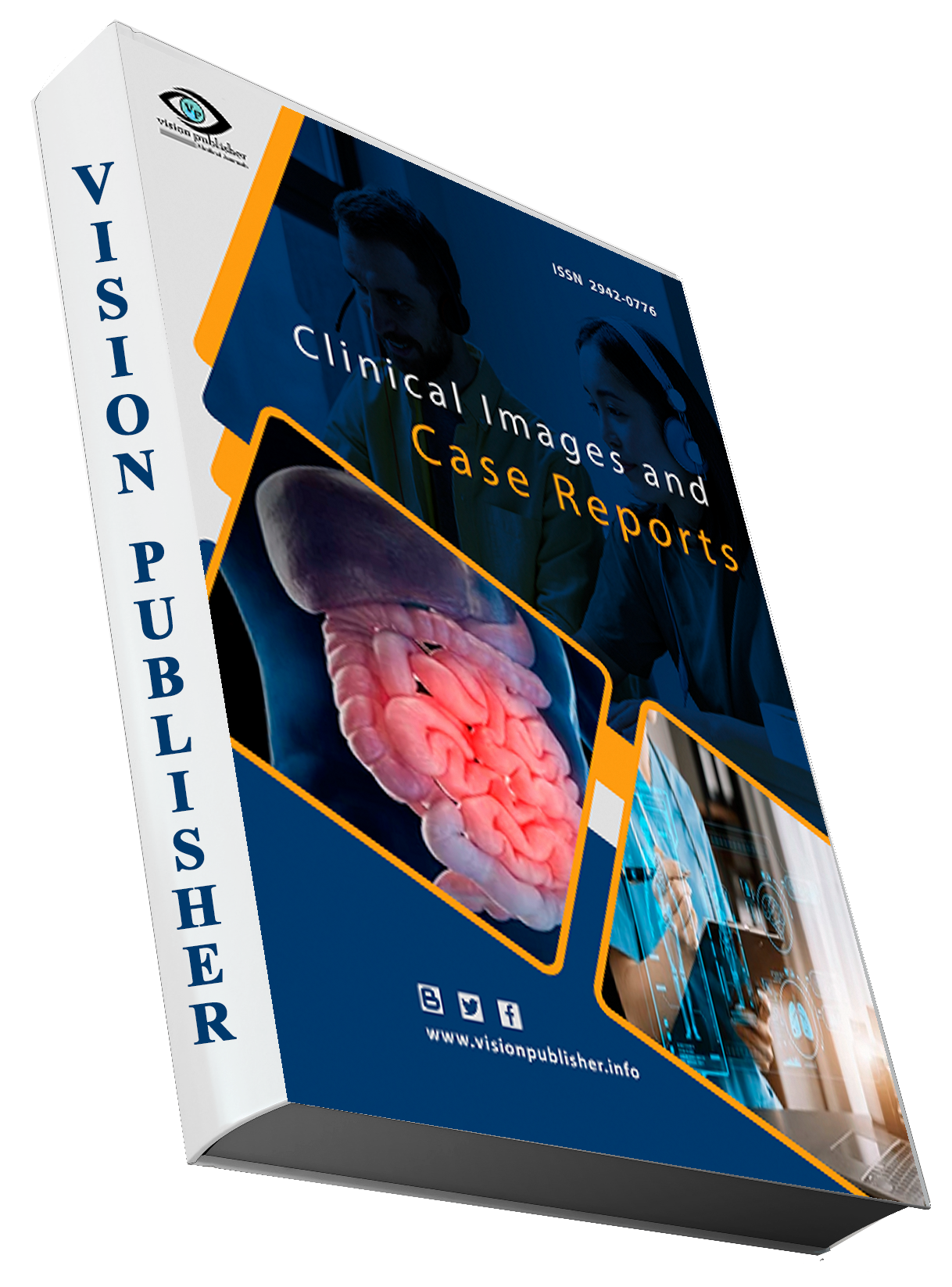Antioxidant (Peroxynitrite scavenging, Hypochlorous acid scavenging) Antifungal Activity, and Screening of Bioactive Metabolites of Juniper (Juniperus communis) Using FTIR Technique
Keywords:
Antifungal activity,, Secondary metabolites, Juniperus communis L.Abstract
Background: The use of plant-based remedies and the chemicals produced from them has a long history in traditional medicine. Traditional medicine practitioners have long relied on juniper (Juniperus communis) to alleviate symptoms such as amenorrhoea, albuminuria, bladder catarrh, acute and chronic cystitis, leucorrhea, and cystitis. Because of its high concentration of bioactive components such as phenolics, terpenoids, organic acids, alkaloids, and volatile chemicals, it finds widespread application in medicine. The coniferous tree known as Juniper communis belongs to the Cupressaceae family and the genus Juniperus. A number of recent studies have examined the vast potential of this evergreen shrub, drawing conclusions about its antimicrobial, antioxidant, anti-inflammatory, antidiabetic, antihyperlipidemic, and neuroprotective effects, as well as its antiproliferative, anticancer cell, and ability to activate inductive hepato-, renal-, and gastroprotective mechanisms. These findings are relevant to various biomedical fields. The goals of our research were to identify antioxidant (peroxynitrite and hypochlorous acid scavenging) and antifungal compounds in juniper (Juniperus communis) by means of the Fourier transform infrared spectroscopy. Methods: Using an electric grinder, the dried material was ground into a fine powder. The stock solution was prepared by mixing 50 g of the powder with 200 ml of solvents (w/v, 50 g/200 ml). Methanol, ethyle acetate, and ethanol were the solvents utilised for the extraction process. After pouring the SDA medium on top, the dishes were let to solidify. Then, using a sterile cork borer, a 5 mL disc was removed from each fungus and deposited on top of the culture medium.. Results: Peak (Wave number cm-ˡ), Intensity, Bond, Type of Vibration, and Functional group assignment recorded [675.09, 67.825, Strong, C-Cl, Stretch and alkyl halides], [692.44, 69.075, Strong, C-Cl, Stretch, alkyl halides], [738.74, 72.075, Strong, =C–H, Bending, Alkenes], [813.96, 76.441, Strong, =C–H, Bending, Alkenes], [974.05, 65.287, Strong, =C–H, Bending, Alkenes], [1008.77, 54.765, Strong, C-F, Stretch, alkyl halides], [1049.28, 58.347, Strong, C-F, Stretch, alkyl halides], [1093.64, 64.409, Strong, C- F, Stretch, alkyl halides], [1232.51, 80.641, Strong, C-F, Stretch, alkyl halides], [1276.88, 80.140, Strong, C-F, Stretch, alkyl halides], [1606.70, 79.503, Bending, N-H, Stretch, Amide], [1647.21, 79.220, Variable, C=C, Stretch, Alkene]. Antifungal activity of secondary metabolites of Juniperus communis recorded Alternaria alternaria (15.11 ± 0.22, 12.10 ± 0.18 and 19.30 ± 0.22 respectively), Aspergillus flavus (19.07 ± 0.37, 14.25 ± 0.35 and 22.09 ± 0.37 respectively), Trichophyton rubrum (20.53 ± 0.31, 16.11 ± 0.39 and 22.94 ± 0.31 respectively), and Fusarium oxyporum (11.12 ± 0.39, 20.08 ± 0.38 and 17.62 ± 0.39 respectively). Voriconazole (VCZ) and Amphotericin B (AmB) as standard anti-fungal activity were (23.31 ± 0.38 and 27.09 ± 0.41) respectively. Juniperus communis metabolites was very highly active against Trichophyton rubrum (22.94 ± 0.31). Conclusion: This study suggests that Juniperus communis could be a useful plant for treating fungal infections because of its medicinally active components. Findings from this study point to Juniperus communis as a potential plant source of active chemicals with medicinal value for the treatment of certain
Downloads
References
Mickymaray Efficacy and Mechanism of Traditional Medicinal Plants and Bioactive Compounds against Clinically Important Pathogens. Antibiotics 2019, 8, 257.
European Medicines Agency. Assessment Report Juniperus Communis Aetheroleum. 2010.
Judžentienė, A. Juniperus communis L.: A Review of Volatile Organic Compounds of Wild and Cultivated Common Juniper in Lithuania. Chemija 2019, 30, 184–193.
Raina, R.; Verma, P.K.; Peshin, R.; Kour, H. Potential of Juniperus Communis L as a Nutraceutical in Human and Veterinary Medicine. Heliyon 2019, 5, e02376.
Adams, D.R.P. Junipers of the World: The Genus Juniperus, 4th ed.; Trafford Publishing: Bloomington, IN, USA, 2014; pp. 2, 9–10; ISBN 978-1-4907-2325-9.
Pazari, F. Vlerësimi Ekonomik dhe Ekologjik i Bimëve Mjekësore dhe Aromatike të Shqipërisë në Funksion të Zhvillimit të Ekonomisë Rurale. Ph.D. Thesis, University of Tirana, Faculty of History and Philology, Tirana, Albania, 2014. pp. 30, 33, 148.
AGT. DSA. Medicinal and Aromatic Plants Sector Study. 2017.2192.7-001.00. 2017.
CICR 2 (7), 36-45 (2024) VISION PUBLISHER|44
Abdallah, E.M.; Alhatlani, B.Y.; De Paula Menezes, R.; Martins, C.H.G. Back to Nature: Medicinal Plants as Promising Sources for Antibacterial Drugs in the Post-Antibiotic Era. Plants 2023, 12, 3077. [Google Scholar] [CrossRef]
Falcão, S.; Bacém, I.; Igrejas, G.; Rodrigues, P.J.; Vilas-Boas, M.; Amaral, J.S. Chemical composition and antimicrobial activity of hydrodistilled oil from juniper berries. Ind. Crops Prod. 2018, 124, 878–884.
Abbassy, M.A.; Marei, G.I. Antifungal and chemical composition of essential oils of Juniperus communis L. and Thymus vulgaris L. against two phyto-pathogenic fungi. J. Appl. Sci. Res. 2013, 9, 4584–4588.
Banerjee, S.; Mukherjee, A.; Chatterjee, T.K. Evaluation of analgesic activities of methanolic extract of medicinal plant Juniperus communis L. Int. J. Pharm. Pharm. Sci. 2012, 4, 547–550.
Manvi, G.P. Screening and evaluation of pharmacognostic, phytochemical and hepatoprotective activity of J. communis L. stems. Int. J. Pharm. Biol. Sci. 2010, 1, 17–23.
Akdogan, M.; Koyu, A.; Ciris, M.; Yildiz, K. Anti-Hypercholesterolemic Activity of Juniperus communis Lynn Oil in Rats: A Biochemical and Histopathological Investigation. Biomed. Res. 2012, 23, 321–328.
Banerjee, S.; Singh, H.; Chatterjee, T.K. Evaluation of anti-diabetic and anti-hyperlipidemic potential of methanolic extract of Juniperus communis (L.) in streptozotocin-nicotinamide induced diabetic rats. Int. J. Pharm. Pharm. Sci. 2013, 4, 10–17.
Pepeljnjak, S.; Kosalec, I.; Kalodera, Z.; Blazević, N. Antimicrobial activity of juniper berry essential oil (Juniperus communis L., Cupressaceae). Acta Pharm. 2005, 55, 417–422.
Mohammed AS A-MA. The effect of extract of the leaves of Adhatodav asicia plant against some types of bacteria contaminating the wounds by using an allergy test. J Umm Salamah of Sci. 2007;4(1):47-54.
Himratul-Aznita WH, Mohd-Al-Faisal N, Fathilah A. Determination of the percentage inhibition of diameter growth (PIDG) of Piper betle crude aqueous extract against oral Candida species. J Med Plant Res. 2011;5(6):878-84.
Bailly F, Zoete V, Vamecq J, Catteu JP, Bernier JL: Antioxidant actions of ovothiol-derived 4-mercaptoimidazoles: glutathione peroxidase activity and protection against peroxynitrite-induced damage. FEBS Lett. 2000, 486: 19-22.
Beckman JS, Chen H, Ischiropulos H, Crow JP: Oxidative chemistry of peroxynitrite. Methods Enzymol. 1994, 233: 229-240.
Pedraza-Chaverrí J, Arriaga-Noblecía G, Medina-Campos ON: Hypochlorous acid scavenging capacity of garlic. Phytother Res. 2007, 21: 884-888
Cabral, C.; Francisco, V.; Cavaleiro, C.; Gonçalves, M.J.; Cruz, M.T.; Sales, F.; Batista, M.T.; Salgueiro, L. Essential oil of Juniperus communis subsp alpina (Suter) Čelak needles: Chemical composition, antifungal activity and cytotoxicity. Phyther. Res. 2012, 26, 1352–1357.
Angioni, A.; Barra, A.; Russo, M.T.; Coroneo, V.; Dessí, S.; Cabras, P. Chemical composition of the essential oils of Juniperus from ripe and unripe berries and leaves and their antimicrobial activity. J. Agric. Food Chem. 2003, 51, 3073–3078.
Salamon, I.; Kryvtsova, M.; Bucko, D.; Tarawneh, A.H. Chemical characterization and antimicrobial activity of some essential oils after their industrial large-scale distillation. J. Microbiol. Biotechnol. Food Sci. 2019, 8, 984–988.
Nikolić, B.; Vasilijević, B.; Ćirić, A.; Mitić-Ćulafić, D.; Cvetković, S.; Džamić, A.; Knežević-Vukčević, J. Bioactivity of Juniperus communis essential oil and post-distillation waste: Assessment of selective toxicity against food contaminants. Arch. Biol. Sci. 2019, 71, 235–244.
CICR 2 (7), 36-45 (2024) VISION PUBLISHER|45
Darwish, R.S.; Hammoda, H.M.; Ghareeb, D.A.; Abdelhamid, A.S.A.; Bellah El Naggar, E.M.; Harraz, F.M.; Shawky, E. Efficacy-directed discrimination of the essential oils of three Juniperus species based on their in-vitro antimicrobial and anti-inflammatory activities. J. Ethnopharmacol. 2020, 259, 112971.
Emami, S.A.; Javadi, B.; Hassanzadeh, M.K. Antioxidant Activity of the Essential Oils of Different Parts of Juniperus communis subsp. hemisphaerica and Juniperus oblonga. Pharm. Biol. 2007, 45, 769–776.
Peruč, D.; Tićac, B.; Broznić, D.; Maglica, Ž.; Šarolić, M.; Gobin, I. Juniperus communis essential oil limit the biofilm formation of Mycobacterium avium and Mycobacterium intracellulare on polystyrene in a temperature-dependent manner. Int. J. Environ. Health Res. 2022, 32, 141–154.
Peruč, D.; Tićac, B.; Abram, M.; Broznić, D.; Štifter, S.; Staver, M.M.; Gobin, I. Synergistic potential of Juniperus communis and Helichrysum italicum essential oils against nontuberculous mycobacteria. J. Med. Microbiol. 2019, 68, 703–710.
Peruč, D.; Gobin, I.; Abram, M.; Broznić, D.; Svalina, T.; Štifter, S.; Staver, M.M.; Tićac, B. Antimycobacterial potential of the juniper berry essential oil in tap water. Arh. Hig. Rada. Toksikol. 2018, 69, 46–54.
Bais, S.; Gill, S.; Rana, N. Effect of J. communis Extract on Reserpine Induced Catalepsy. Ethnopharmacology 2014, 4, 117–120.
Miceli, N.; Trovato, A.; Dugo, P.; Cacciola, F.; Donato, P.; Marino, A.; Bellinghieri, V.; Barbera, T.M.L.; Guvenc, A.; Taviano, M.F. Comparative analysis of flavonoid profile, antioxidant and antimicrobial activity of the berries of Juniperus communis L. var. communis and Juniperus communis L. var. saxatilis Pall from Turkey. J. Agric. Food Chem. 2009, 57, 6570–6577.
Modnicki, D.; Łabędzka, J. Estimation of the Total Phenolic Compounds in Juniper Sprouts (Juniperus communis, Cupressaceae) from Different Places at the Kujawsko-Pomorskie Province. Herba Pol. 2009, 55, 127–131.
Saab, A.M.; Guerrini, A.; Sacchetti, G.; Maietti, S.; Zeino, M.; Arend, J.; Gambari, R.; Bernardi, F.; Efferth, T. Phytochemical analysis and cytotoxicity towards multidrug-resistant leukemia cells of essential oils derived from Lebanese medicinal plants. Planta Med. 2012, 78, 1927–1931. [Google Scholar] [CrossRef]
Höferl, M.; Stoilova, I.; Schmidt, E.; Wanner, J.; Jirovetz, L.; Trifonova, D.; Krastev, L.; Krastanov, A. Chemical Composition and Antioxidant Properties of Juniper Berry (Juniperus communis L.) Essential Oil. Action of the Essential Oil on the Antioxidant Protection of Saccharomyces cerevisiae Model Organism. Antioxidants 2014, 3, 81–98.
Asili, J.; Emami, S.A.; Rahimizedeh, M.; Fazly-Bazzaz, B.S.; Hassanzadeh, M.K. Chemical and antimicrobial studies of Juniperus communis subsp. hemisphaerica and Juniperis oblonga essential oils. J. Essent. Oil-Bear. Plants 2008, 11, 96–105.
Filipowicz, N.; Kamiński, M.; Kurlenda, J.; Asztemborska, M.; Ochocka, J.R. Antibacterial and antifungal activity of Juniper berry oil and its selected components. Phytother. Res. 2003, 17, 227–231.
Falasca, A.; Caprari, C.; De Felice, V.; Fortini, V.; Saviano, G.; Zollo, F.; Iorizzi, M. GC-MS analysis of the essential oils of Juniperus communis L. Berries growing wild in the Molise region: Seasonal variability and in vitro antifungal activity. Biochem. Syst. Ecol. 2016, 69, 166–175.

Downloads
Published
How to Cite
Issue
Section
License
Copyright (c) 2024 Clinical Images and Case Reports

This work is licensed under a Creative Commons Attribution 4.0 International License.
Clinical Images and Case Reports












